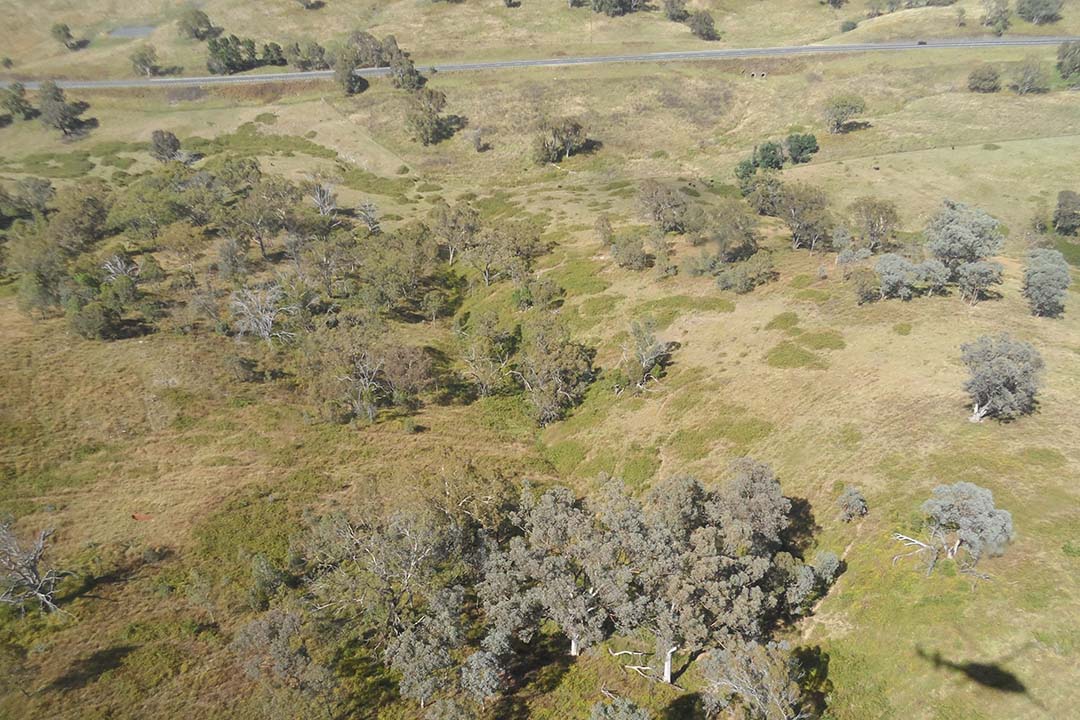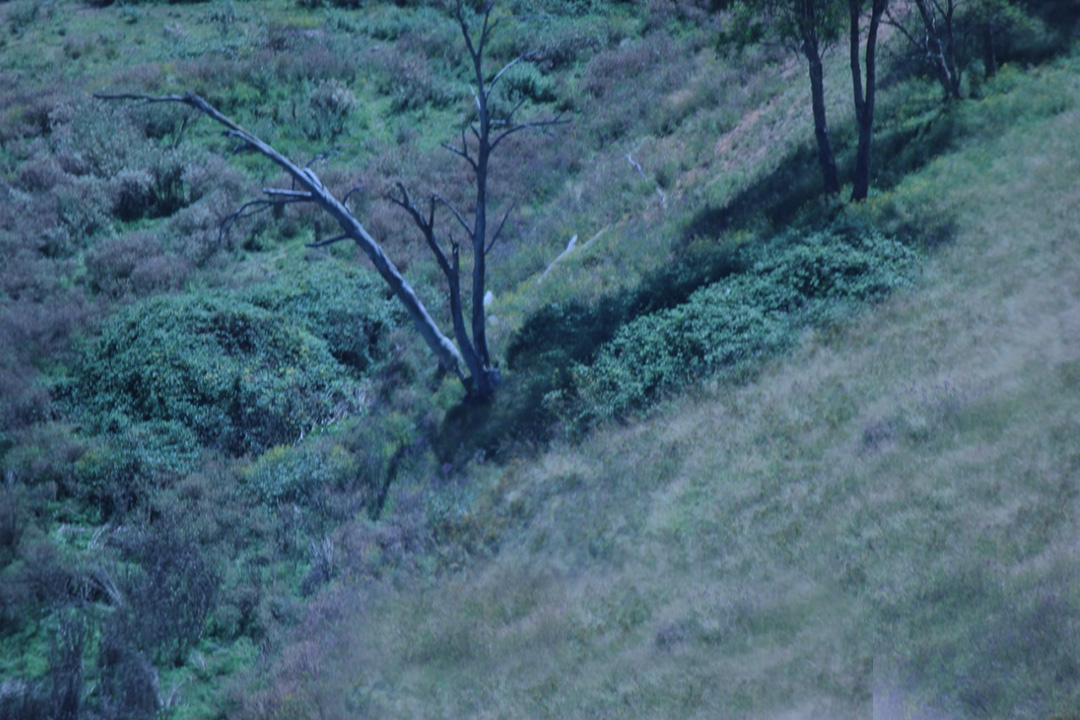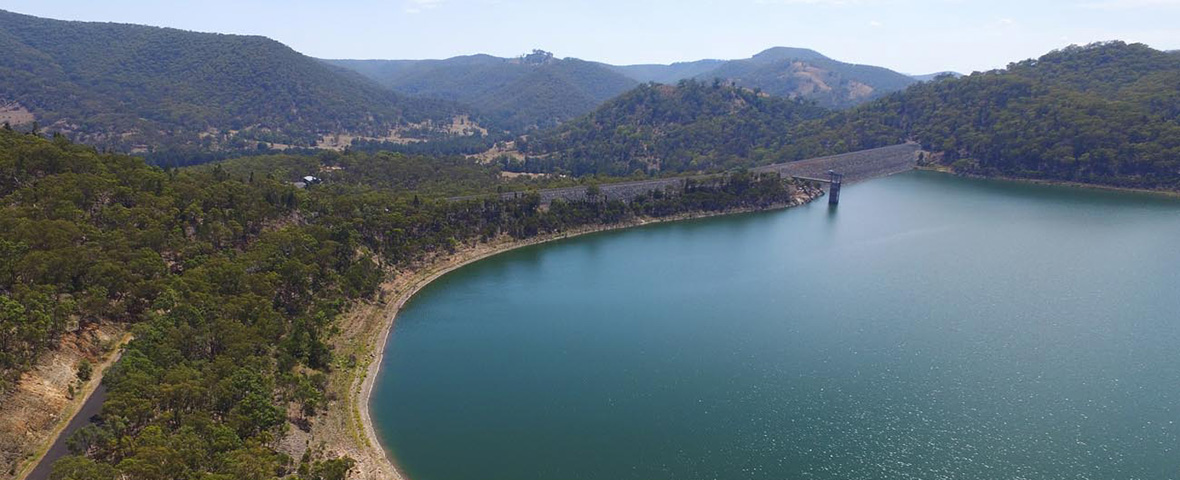Biosecurity planning with local farmers and stakeholders
Aerial spraying of blackberries is underway around Windamere Dam in Central West NSW as part of a strong biosecurity push by WaterNSW in partnership with local farmers and stakeholders.
“Helicopters are targeting blackberries in steep country first and we’re also prioritising boundary areas on our land,” Catchment Officer, Glen Capararo, said.
“Non-native blackberries are an invasive weed that overtake pasture and waterways and can shelter feral pigs, rabbits and foxes. Blackberries also take up soil space and lead to erosion.
“We’ve mapped where the priority sites for treatment are using satellite imagery, aerial photos, and ground-truthing with stakeholders.
“From this mapping WaterNSW has developed a program of biosecurity works. Next we’ll be coordinating interventions aimed at serrated tussock and feral animals.”
Glen said a key to the successful development of a biosecurity management plan is the close working relationship WaterNSW has developed with Mid-Western Regional Council and Central Tablelands Local Land Services (LLS).
“We’ve really appreciated the willingness of the regulators to work co-operatively with us to understand the priorities and potential controls, which has helped us develop the important biosecurity program we have now put in place,” Glen said.
WaterNSW owns about 14,000 hectares of land around Lake Windamere, 30 kilometres south-east of Mudgee. About half the land is managed by WaterNSW with the other half leased to local farmers.
Mapping of priority weed sites and control plans have been developed for the whole area. Ongoing monitoring of the work is part of the program with six-monthly inspections of works to monitor progress and re-focus works as required.



Related links
Published date: 23 March 2023
WaterNSW acknowledges the traditional custodians of the lands and waters on which we work and pay our respects to all elders past, present and emerging. Learn more
